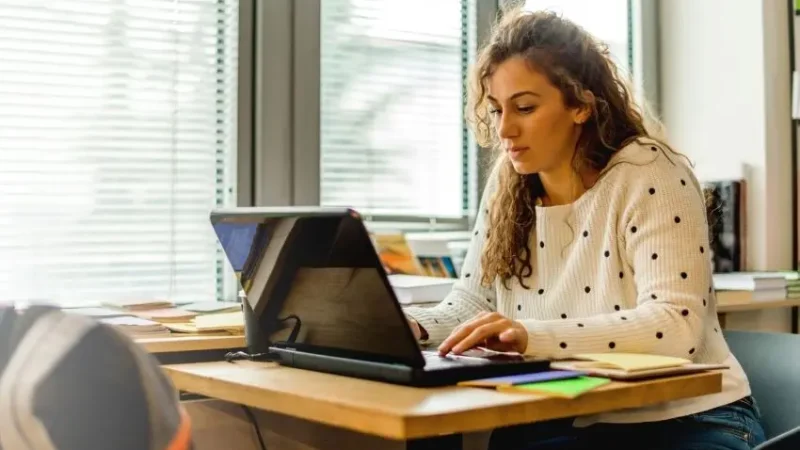Designing Arts Assignments for Students with Special Needs: Inclusive Education in the Arts

Inclusive education is a term that refers to educating students with special needs in a way that meets their unique needs while also providing them with the same opportunities as their peers.
In the arts, inclusive education can be challenging. Many students with special needs may have difficulty with fine motor skills, attention, or other factors that make traditional art assignments difficult.
However, with a bit of creativity and understanding, it is possible to design arts assignments that are inclusive, engaging, and meaningful for all students.
Designing Arts Assignments for Students with Special Needs
When designing arts assignments for students with special needs, it is essential to remember that every student is unique. However, some common considerations can help you create inclusive and engaging assignments for all students.
Consider the student’s abilities and limitations
One of the most important things to consider when designing arts assignments for students with special needs is the student’s abilities and limitations. For example, if students have difficulty with fine motor skills, they may want to avoid assignments requiring a lot of detail or precision. Instead, you might focus on more abstract or experimental projects that allow students to use their strengths.
Make accommodations
Another important consideration is to make accommodations for students with special needs. For example, if a student has difficulty with attention, you may want to provide them with a quiet space to work or break the assignment into smaller, more manageable chunks. Additionally, you may want to provide extra time or resources, such as an assistant or unique materials.
Emphasize the process, not just the product
When designing arts assignments for students with special needs, it is essential to focus on the process, not just the product. For example, instead of asking a student to create a finished painting, you might ask them to experiment with different colors or techniques. This way, the student can focus on creating without feeling pressure to produce a finished product.
Provide choice and flexibility
Allowing students to have choices and flexibility regarding their art assignments can also be helpful. Giving students options in what they want to create or the materials they want to use can help them feel more invested in the process and give them a sense of ownership over their work.
Encourage collaboration
Collaboration can also be a great way to create inclusive arts assignments. By working together, students can learn from one another and create something more significant than the sum of its parts. Additionally, collaboration can help students with special needs feel more included and connected to their peers.
Conclusion
Inclusive education in the arts is not always accessible, but it is possible. By considering the student’s abilities and limitations, making accommodations, focusing on the process, providing choice and flexibility, and encouraging collaboration, you can create arts assignments that are meaningful and engaging for all students.
See More Info for additional resources and tips on designing inclusive arts assignments.
Read more tips click here.






